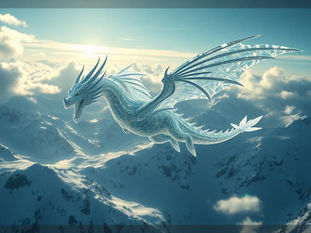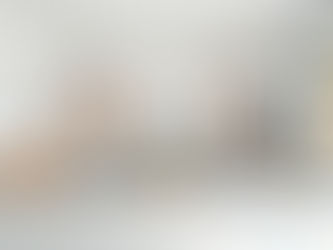
Guide Midjourney Generations with Image Prompts and Inspiration
May 8
4 min read
0
15
0

Did you know you can use images to help Midjourney create exactly what you envision? You aren't limited to just typing words. Midjourney offers powerful ways to include picture examples in your prompts.
This guide covers different methods to use existing images as inspiration or even as a direct reference for your AI art projects. Learn how to steer Midjourney's output using visual cues.
Using Images for Descriptive Ideas
One way is to let Midjourney analyze an image and suggest text descriptions. Think of this as getting AI-generated prompts based on what the AI "sees" in a picture.
Go to the Midjourney page.
Click the "add image" icon or drag and drop your image.
Once the image is uploaded, drag it to the "drop image to describe" area.
Midjourney will give you several text prompts describing the image.
You can use these generated prompts as a starting point for your own creations.
This method helps capture the feel or vibe of an image without copying every detail. It's a good way to see how Midjourney interprets visuals into words you can use.
Direct Image Prompting and Cloning
For a result that is very close to an original image, you can use the image directly in your prompt. This goes beyond just getting description ideas; it's near copying the image's look.
Upload your reference image to Midjourney.
Copy the image URL.
Start your prompt by pasting the image URL first.
Add your text prompt after the image URL.
Controlling Image Influence with Image Weight
You can control how much Midjourney focuses on your reference image using the `--iw` parameter. This stands for "image weight."
Add `--iw` followed by a number between 0.5 and 3 at the end of your prompt.
A value of 0.5 means the image is less important than the text prompt.
A value of 3 makes the image much more important, almost like asking Midjourney to clone it.
Using a high image weight like `--iw 3` along with a text prompt can create images very similar to your source. You can even skip the text prompt entirely and just use the image URL with `--iw 3` to have Midjourney redraw the image faithfully.
Navigating image generation can sometimes feel repetitive, especially when fine-tuning prompts. Tools like the TitanXT Midjourney Automator can streamline testing different parameters like image weight, helping you quickly find the right balance for your desired image.
Using Mood Boards for Inspiration
Shift from copying to drawing creative inspiration using the mood board feature. This lets you create a collection of images that share a certain style, mood, or aesthetic and use that collection to guide new generations.
Go to the "Personalize" tab in Midjourney.
Scroll down and click "Create Mood Board."
Add images from URLs, your Midjourney gallery, or upload your own.
Aim for 20 to 50 images that have a similar look or feel. Too many different styles can confuse the AI.
Once your mood board is ready, select "Use in Prompt." A special code string represents your mood board. Put this at the start of your prompt. You can use an empty prompt like `""` before the mood board code when you just want Midjourney to generate based on the *style* or *feeling* of the board, without a specific subject.
Experiment with parameters like `--style raw` for a different rendering style or `--s` (stylize) to control how strong the mood board's influence is (values up to 1000). Default is 100.
Combine Techniques for Unique Results
You can mix these methods. Take an image generated from a mood board, drag it to the "describe" area, pick a descriptive prompt, and then change the subject in the text. Add the image URL of the mood board result to the prompt and see how Midjourney combines the mood's style with your new subject.
This approach gives you a high level of control. You can guide the overall feel using a mood board and then refine specific generations using descriptive words or image influence.
Tips for Ethical Use and Faster Generation
These tools offer creative freedom but remember to respect creators and their rights. Use these techniques responsibly and avoid directly copying copyrighted material for commercial use.
For faster results when replicating images, you can try Midjourney's Draft mode. It's quicker and uses fewer credits.
Go to the image generation settings.
Enable "Draft mode."
Generate your image.
Disable Draft mode to return to the standard, sometimes more detailed, generation mode.
Using images to guide Midjourney opens up many creative possibilities. By understanding descriptive prompts, direct image weight, and mood boards, you can achieve more predictable and inspiring results.
Automating repetitive tasks in Midjourney, such as applying different image weights or testing mood board effects, can significantly improve your workflow speed. The TitanXT Midjourney Automator is built to help you manage and automate these aspects of your creative process.
Experiment with different image types, styles, and weights to see how they influence Midjourney's output. Happy creating!






